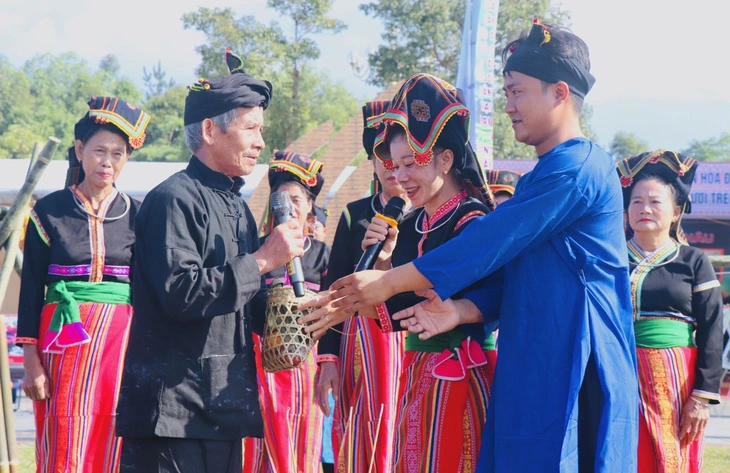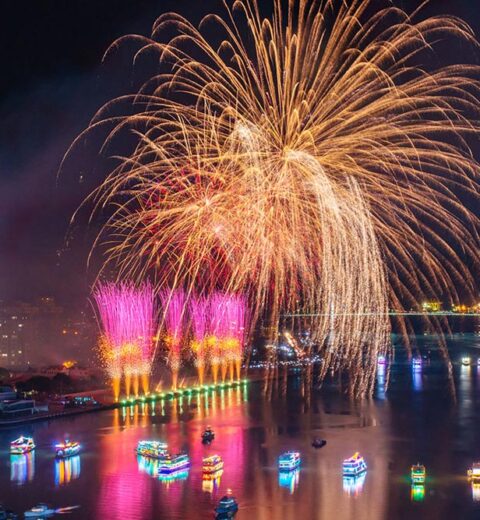Ngo Festival, also known as the “Rainy Season” Tet, stands as the pinnacle of traditional festivities for the Cong people in Lai Chau province, Northern Vietnam. This vibrant celebration takes center stage during the 6th lunar month each year, coinciding with the onset of the rainy season.
As part of the inaugural cultural festival spotlighting ethnic groups with populations under 10,000, Lai Chau province orchestrated a captivating showcase, offering a glimpse into the Ngo Festival of the Cong ethnic community in Nam Khao commune, Muong Te district.
About the Cong Ethnic Group in Vietnam
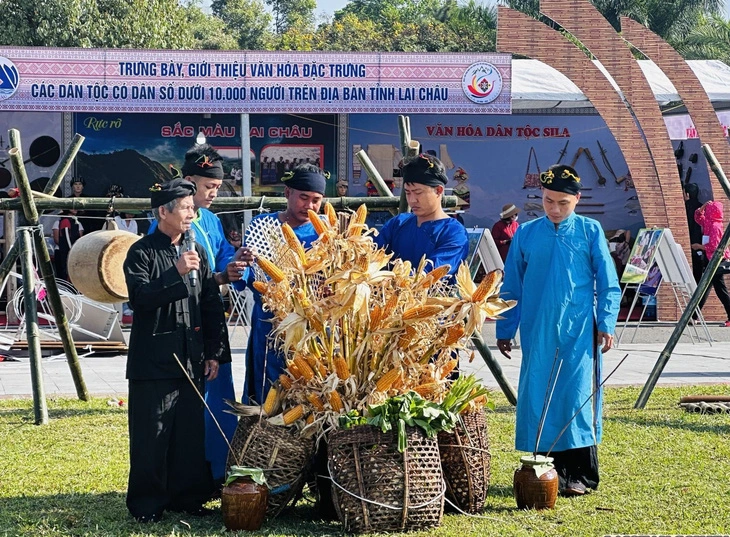
The Cong ethnic group, also known as Xa or Xa Cong, ranks 48th among the 54 ethnic groups in Vietnam, boasting one of the smallest populations. In Lai Chau, over 1,500 Cong people reside in six villages spread across Muong Te and Nam Nhun districts. Remarkably, five of these villages are exclusively inhabited by the Cong people, showcasing a concentrated preservation of their cultural identity. This unintentional clustering has safeguarded cultural elements such as costumes, house architecture, and traditions in learning and folk arts, which the Cong people proudly maintain to this day.
Introduction to the Original Ngo Festival
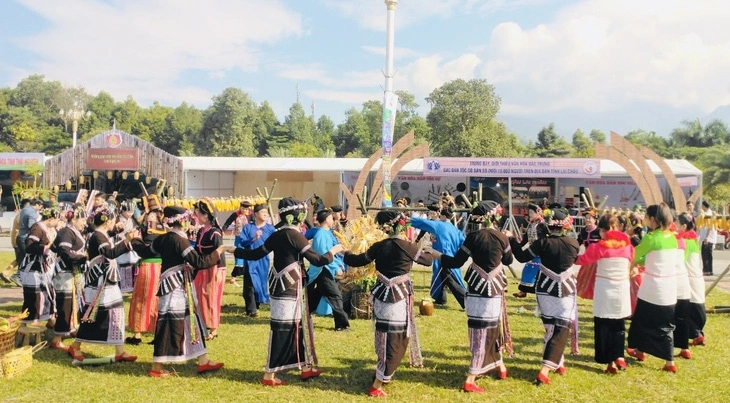
Contributions for the Ngo Festival offerings are a collective effort, with villagers pooling resources like pork, chicken, corn rice, corn cakes, wild mushrooms, boiled squash, and crabs. The Cong people hold a deep reverence for crabs, considering them guardians of their crops. When threats like birds, mice, and squirrels menace newly sprouted corn seeds, the crab steps in, using its two claws to ward off the intruders.
Shaman Chang Van San attests that the origins of the Ngo Festival are shrouded in mystery, passed down through the generations. This ritual provides the Cong people with a unique opportunity to update their ancestors on the year’s endeavors, expressing gratitude for blessings bestowed upon their descendants—be it in the form of good health, flourishing livestock, bountiful crops, or well-stocked homes with rice and corn.
Post-ceremony, the homeowner extends gratitude to the shaman, who, in turn, offers prayers to the ancestors and deities, seeking continued blessings. The ritual is followed by a collective animal-chasing dance, uniting young and old, girls and boys, as they gracefully move with outstretched arms across the festival grounds. This dance symbolically expels birds, wild animals, and ghosts from the village and fields, amplifying the potency of the performed ritual.
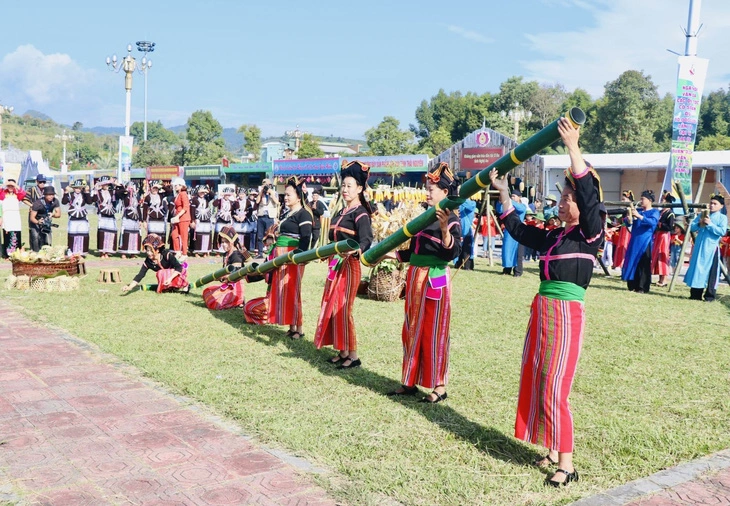
Beyond its spiritual significance, Ngo Festival for the Cong people unfolds a rich tapestry of cultural traditions. From distinctive costumes and culinary delights to captivating arts and folk games, the festival serves as a vivid expression of the ethnic group’s unique cultural heritage.
The revival of the Ngo Festival within the inaugural Cultural Festival for ethnic groups with populations below 10,000 not only elicits excitement but also provides visitors with an immersive experience and the joy of witnessing ethnic dances.

